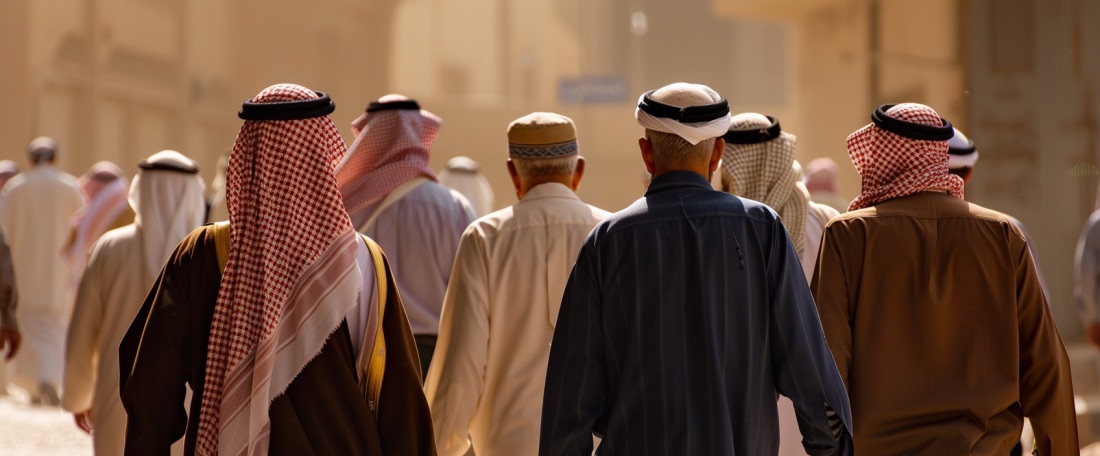Saudi KSrelief Agency Continues Health Aid Efforts Worldwide
In a commendable effort to provide health aid globally, the Saudi aid agency KSrelief is tirelessly delivering aid packages and performing crucial medical procedures. Their impact is felt in various regions, bringing hope and relief to those in need.
Helping Amputees in Taiz Governorate, Yemen
One of their notable projects is the Prosthetics and Rehabilitation Center Project in Taiz governorate, Yemen. This initiative has supported 406 individuals who have lost limbs, offering a total of 1,475 services. The distribution was 67 percent to males and 33 percent to females, with 11 percent being displaced people and 89 percent residents.
Enhancing Health Sector Capabilities in Yemen
The services provided include the delivery, measurement, and maintenance of prosthetic limbs, along with physical therapy and specialist consultations. This support aims to strengthen the health sector’s capabilities in Yemen and alleviate the suffering of its people.
Aiding Earthquake Victims in Turkiye
In Turkiye, the Saudi Sama’a Volunteer Program for Cochlear Implantation and Hearing Rehabilitation has completed work for earthquake victims in Reyhanli. Additionally, KSrelief delivered 2,000 healthcare kits to Syrian refugees affected by earthquakes in the Islahiye camp in Gaziantep, near Reyhanli.
Restoring Hearing for Children in Turkiye
During the program, a volunteer medical team from KSrelief performed cochlear implants to restore hearing and provided auditory rehabilitation therapy sessions for 84 children. These efforts are crucial in helping the affected individuals regain their quality of life.
Providing Dialysis Treatment in Somalia
In Mogadishu, Somalia, the dialysis center at Banadir Hospital treated 348 patients in May. Among them, 163 received 1,051 scheduled hemodialysis sessions and 12 emergency sessions. Outpatient clinic services and medical examinations were also provided to 177 patients, with 62 percent being male, 38 percent female, 2 percent displaced people, and 98 percent residents.

